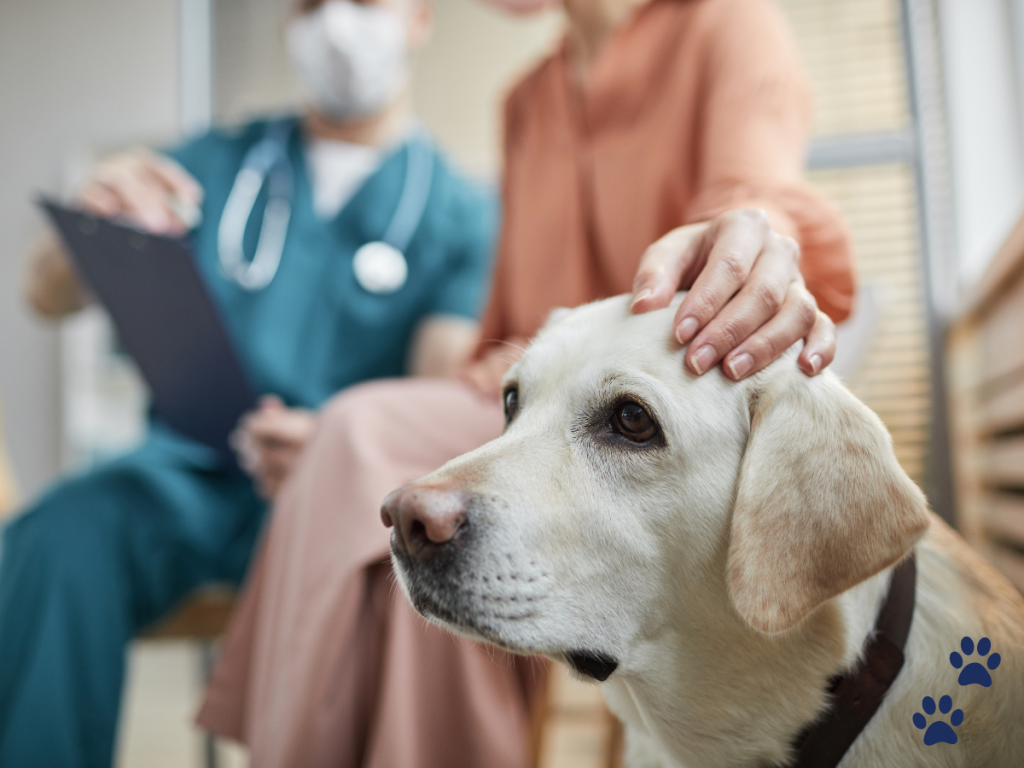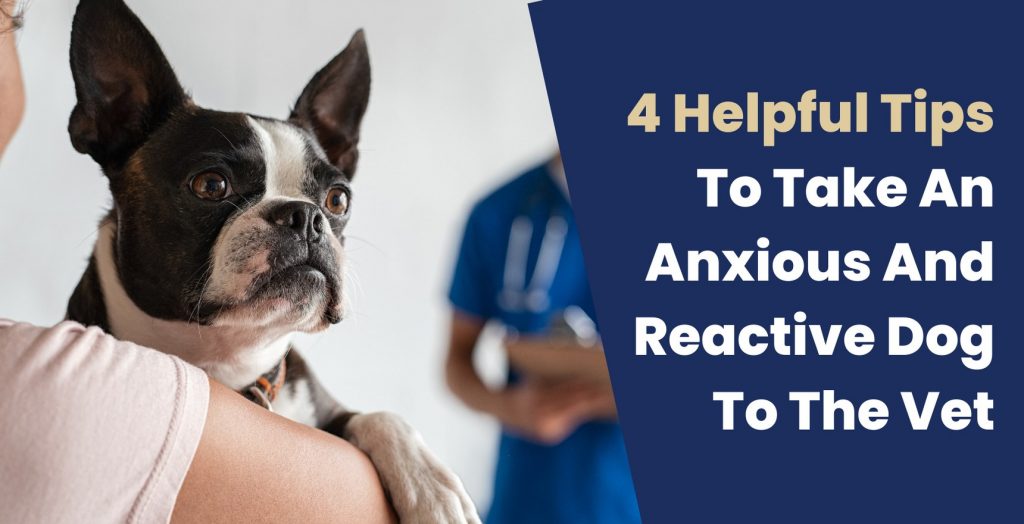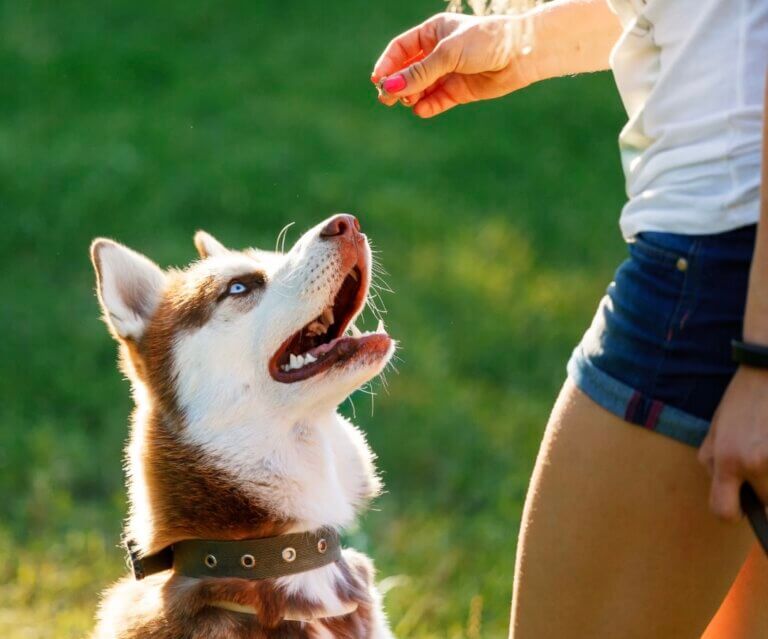Here are the four tips on taking your anxious and reactive dog to the vet making the trip as less stressful as possible.
Research
If your dog has anxiety or some stress-related issues, this is the first and most critical step you need to take.
For example, if you are into natural health, you want to find a vet who is open to that and will not push drugs on your dog if they are not necessary.
Check any information online about it or read some reviews. Plus, you can even ask your close friends for recommendations.
That’s why it is vital to do some research about the vet you plan on taking your anxious dog to.
To know more about preventing anxiety in dogs, check our blog post about it right here.
Preparation
Once you have found the perfect vet for your anxious dog, the next step is to get yourself and your dog ready for the vet visit.
Listen, there’s no need to be embarrassed if your dog is reactive or anxious.
You must tell your vet everything in advance. Believe it or not, they probably have seen it all before.
The more information they have, the better they can provide the best possible care for your dog if they know any issues in advance.
Teleconsultation is a fantastic way to get to know the vet and their staff without going into the clinic physically.
The vet will often suggest using natural products to calm your dog before the visit. It might include using an oil spray or serum.
Another tip on how to approach an anxious dog is crate training.
Plus, it is also known to help with separation anxiety.
If you have never crate trained your dog before, it is best to start a few weeks before the vet visit so that they are used to it by the time you take them.
You can find more information by checking out our previous blog post about what you should know about crate training and how to do it.
Create A Positive Association
You want your dog to associate the vet with positive things.
That way, they will start seeing it as a typical part of their life.
You can also try desensitizing your dog to the things they may find stressful at the vet.
The goal is to help your dog become more comfortable with the idea of needles so that they are less anxious when they see one at the vet.
Set Enough Time With The Vet
One of the most important things you need to remember is booking extra time.
The vet will need to take things slowly and may need to do a few tests to ensure that your dog is both physically and mentally healthy.
Of course, you need to be patient and not rush the vet.
They are there to help you and your dog so that you can have a positive experience at the vet.

Wrapping It Up
That’s a wrap!
Remember, the goal is to make the experience as positive and stress-free as possible for you and your dog.
We offer a wide range of services that can help you build a strong bond with your dog where you’re in control.
We can help you with obedience training, socialisation skills, and even dog behavioural problems.
What’s your takeaway from this blog post? Let us know in the comments below.
We are wishing you and your pup all the best!

